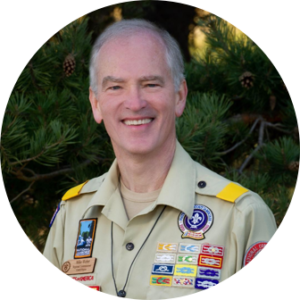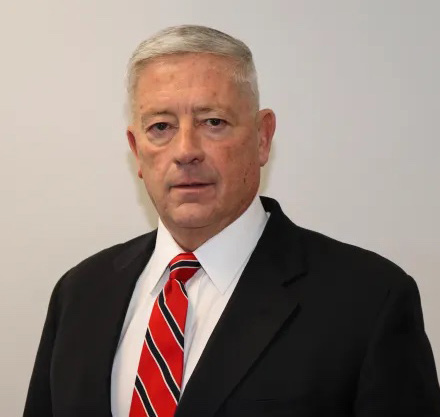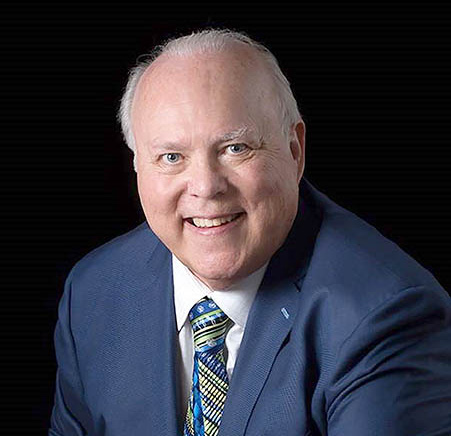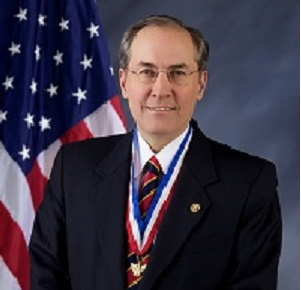- Commissioners
- Commissioners
- Commissioner Newsletter Spring 2022
- Planning for Success
The
Commissioner
a publication for commissioners and professionals
Spring 2022
Planning for Success
How does planning apply to us as commissioners? How do I get started if I’m not good at planning? How can planning help me be a better commissioner?
Two quotes help frame this topic. One is “A goal without a plan is only a dream.” Another is “Without a plan, any path will lead to where you want to go.”
Planning something can be difficult because it takes time, it may seem complicated, or we may not see its value. Planning can actually save time, it can be done gradually and refined over time, and it usually leads to greater success.
We recruit and train commissioners to serve units so that our unit leaders can deliver the program to our youth. It’s been difficult to be effective given the various roadblocks over the past two years. Now that we’re learning how to work past those, what can each of us do to help our units succeed?
Step 1: Establish a need-based goal.
Begin by asking, “What are the one or two things I need to focus on most to help my unit or district achieve the success it needs?” Your answer will help you establish that goal or direction you need to take to get started. Maybe you see a need to increase unit membership or recruit new leadership. Perhaps there are new leaders, but they don’t have the training or the resources to be successful in effectively engaging their youth.
Each of us will have a different goal or need to serve our area of responsibility. Think carefully about where you can have the most impact. Once you know where to place your primary efforts, you’re ready to develop a plan. The goal sets the direction and next steps toward developing the plan for success. This may seem challenging, but once you develop that most important need, many of the next steps fall right into place.
Step 2: Define success.
To develop those next steps, you must identify what’s needed to achieve the end results. To do that, however, you must first imagine what success looks like. Is it growing unit membership by four more members? Is it recruiting two new leaders? Is it linking resources to unit leaders to help them better deliver the program?
Step 3: Identify what you need to achieve the goal.
Once you know what success looks like, jot down the key needs required to realize it (e.g., resources, knowledge, timing, support, etc.). Review those items with a colleague, and share ideas so you can create a detailed plan for how to achieve the goal. This may mean asking others who have specific experience how they would approach gaining positive results. Use the district or council commissioner monthly meetings to discuss tactics or where to acquire additional knowledge. The information you need is usually closer than you think; it may even be something you learned in Wood Badge or from past experience.
Step 4: Share and work the plan.
The final step is to share the plan with the goal’s beneficiary and then together, work the plan. One last important piece of advice: realize plans can and likely will change. Don’t be too rigid in your planning, and accept that adjustments will likely be required. Having a flexible plan leads to better success.
Finally, be positive in your approach. You’ll be surprised at the level of satisfaction once the plan is complete and the goal is achieved. Good luck with your efforts. Feel free to drop me a note on how your plan turned out or if I can be of any specific help.













